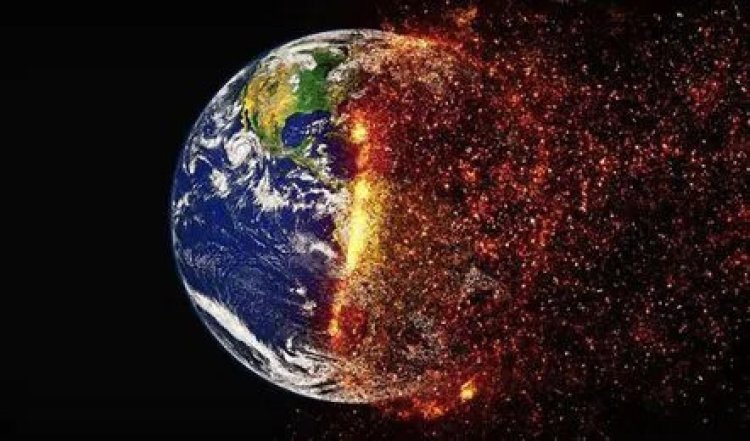Study reveals how global warming affects everyday precipitation

Washington DC, US: The effect of global warming on everyday precipitation around the world has been discovered by an international study team (POSTECH).
They have revealed a major change in the properties of worldwide daily precipitation using a deep learning approach. The results of their study were released in the academic journal ‘Nature.’
A deep learning model was developed by the study team to assess the connection between the rate of global warming and the patterns of daily precipitation around the world. They then used data from satellite-based precipitation observations to test their concept. The findings showed that, since 2015, the daily precipitation pattern had clearly deviated from natural variability on more than 50 per cent of all days, which was driven by human-induced global warming.
The researchers deployed explainable artificial intelligence to show that changes in daily precipitation variations were gradually intensifying upon weather timescales, in contrast to typical studies, which largely focus on long-term trends in monthly or annual precipitation.The most obvious signs of climate change were these variations in rainfall at this time frame. The study also confirmed that changes in daily precipitation variability were particularly pronounced across the subtropical East Pacific and mid-altitude storm track regions.
According to the researchers, conventional linear statistical techniques employed in earlier studies on climate change detection had difficulties identifying non-linear effects, such as the increased variability in daily precipitation.
However, deep learning got over these restrictions by using non-linear activation functions. Convolutional deep learning also gave a clear benefit in accurately recognising regional change patterns as a result of global warming, whereas previous study approaches only explored worldwide precipitation change patterns related to global warming.
Professor Yoo-Geun Ham explained, “Intensification of day-to-day precipitation variability implies an increase in the frequency of extreme precipitation events as well as a higher occurrence of heatwaves during the summer due to extended dry spells.”
Professor Seung-Ki Min added, “Given the ongoing trajectory of global warming, it is imperative to develop countermeasures as the consecutive occurrence of extreme precipitation and heatwaves are likely to become more frequent in the future.”















































